The Trek Commuter Pro RT front light has been designed with mixed use in mind.
Trek incorporates its Kindbeam technology, which reduces dazzle to other road users, while still delivering enough light for use on some off-road routes.
The Commuter Pro RT is not as powerful as one of the best mountain bike lights (Trek claims it’s “bright enough for trail riding”), but ease of use and overall versatility make it an attractive do-it-all consideration if you want a light with glare-reducing beam.
Trek Commuter Pro RT specifications and details

The key feature of this light is Trek’s Kindbeam technology.
While not StVZO compliant, the 500-lumen low beam setting has a cropped top section of the beam to make it less likely to dazzle oncoming drivers or other cyclists.
It tapers inwards towards the front of the bike, yet offers some light bleed outwards, which should help with peripheral vision.
This is backed up by a more powerful 1,000-lumen output high beam setting that effectively fills the cut-off section of the beam in, much like you’ll find on car headlamps.
There’s also a daytime intermittent flash pattern, which can be bypassed automatically if you know you’ll be using the light only at night.
The Commuter Pro RT bracket attaches to the bars via a simple hinged clamp. The light fixes atop this with a click mount.
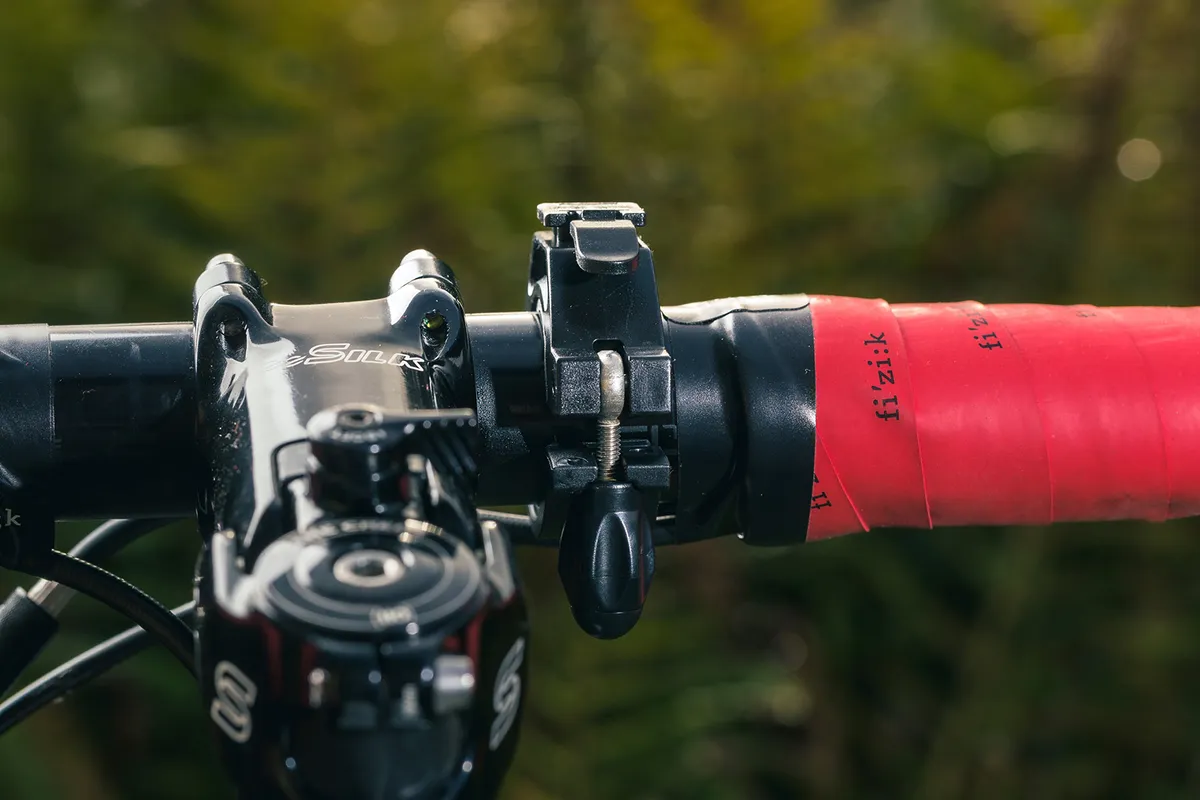
The light body features a single button for power and function control, with a backlight to show which mode you’re in.
There’s a clear five-dot array to display battery life on the top of the light body. There’s also a second five-dot array alongside this, which comes into use when the Commuter Pro RT is paired with a compatible Trek/Bontrager rear light.
The unit charges via USB-C and – providing you have the correct cable for your device – can be used for emergency power bank charging.
The slim, square construction includes two orange side lights and a slight lip to the top edge over the lens.
A remote isn’t supplied with the Commuter Pro RT, but one can be purchased separately for £29.99. You can also pair the light with a Garmin Edge computer for automatic activation.
Run time on full beam is claimed to be 1 hour 30 minutes.
Trek Commuter Pro RT performance
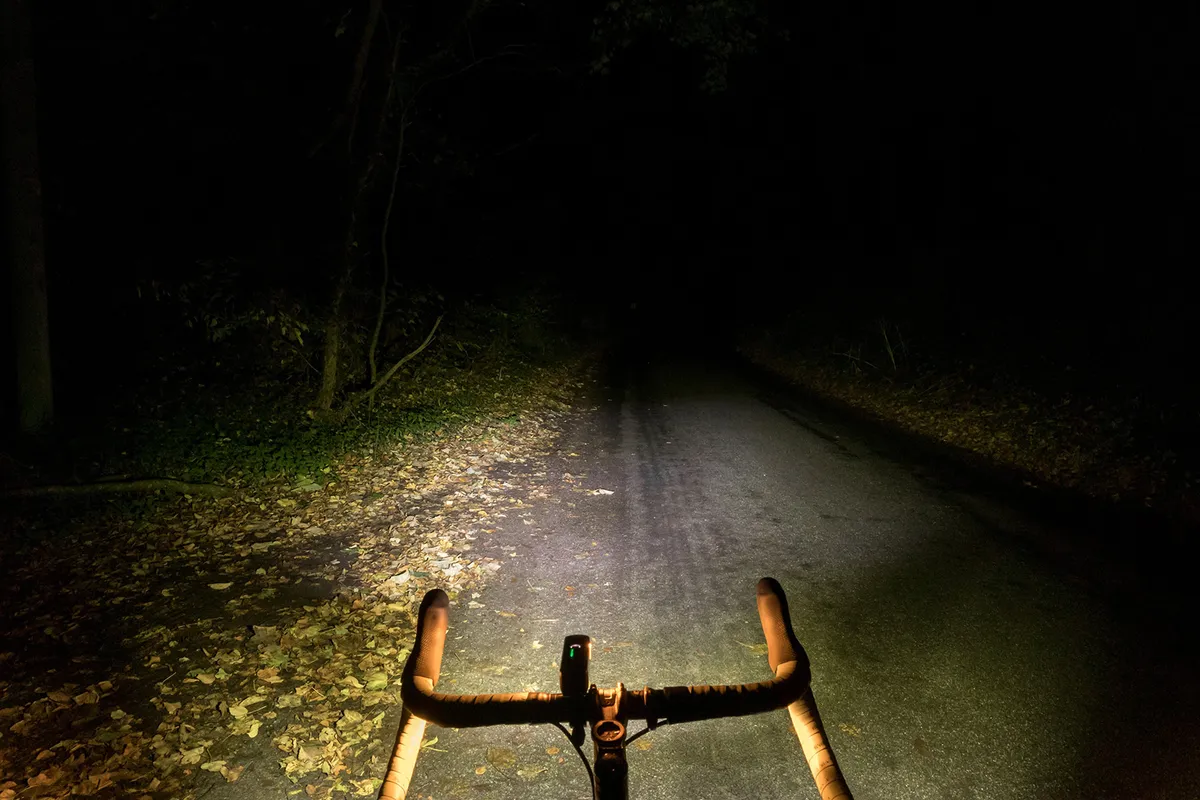
Initial setup couldn’t be easier. The clamp mount tightens to the bars with an integral knob, so there’s no need to dig out an Allen key to tighten any bolts.
The light slides onto the mount with a positive click and is removed with a built-in release lever. Once in place, it’s solid, with no movement or excess vibration when you ride.
It’s worth mentioning here that Trek also has its own fitting system called Blendr, which fits to a Blendr-compatible stem.
This allows for more central mounting of a light. For anyone who likes a tidy cockpit or has limited bar space available, it’s a neat solution.
The glowing mode button proved easy to hit for mode changes on the fly.
If paired to a Garmin computer, it can be set to switch on the light when you start a ride (or when you simply switch on the head unit), and off when you stop. It functions in the same way as seen on the Bontrager Ion 200 / Flare RT light set.
It’s a neat layer of integration, and works very well if you ride with a computer and appreciate some automation.

On lit urban streets, unlit country lanes and off-roads tracks alike, it was easy to switch quickly between high and low beam as conditions changed.
I chose to use high beam for unlit roads, dipping to low beam for oncoming cars. I used low beam primarily on lit streets, turning up the light when switching onto unlit roads and forest tracks.
Full beam doesn’t give the flood quality of many specialist MTB lights, but it provides enough reach and peripheral extension for less technical trails, gravel routes or cycle paths.
Trek claims it’s suitable for trail riding, but more technical trails will require the use of a more powerful beam beyond the 1,000 lumens on offer here.
The beam quality is even and there is a consistent fade to the edge. This proved relatively easy on my eyes versus more dramatically shaped beams, where there can be a harsh contrast between lit and non-lit areas.
The additional side lights are useful for enhanced visibility at junctions, but also offered a very small amount of extra visibility to the left and right extremities.
Flipping to ‘low’ mode creates an obvious cut-off across the top of the beam compared to a normal light. It mimics the StVZO effect to prevent dazzle to oncoming traffic.
However, unlike the ‘tunnel’ effect you often see with an StVZO beam, the Commuter Pro RT maintains decent peripheral vision with an even graduation.
Although the light’s power button is easy to hit, I tested this light with the optional remote and would recommend it for more seamless use.
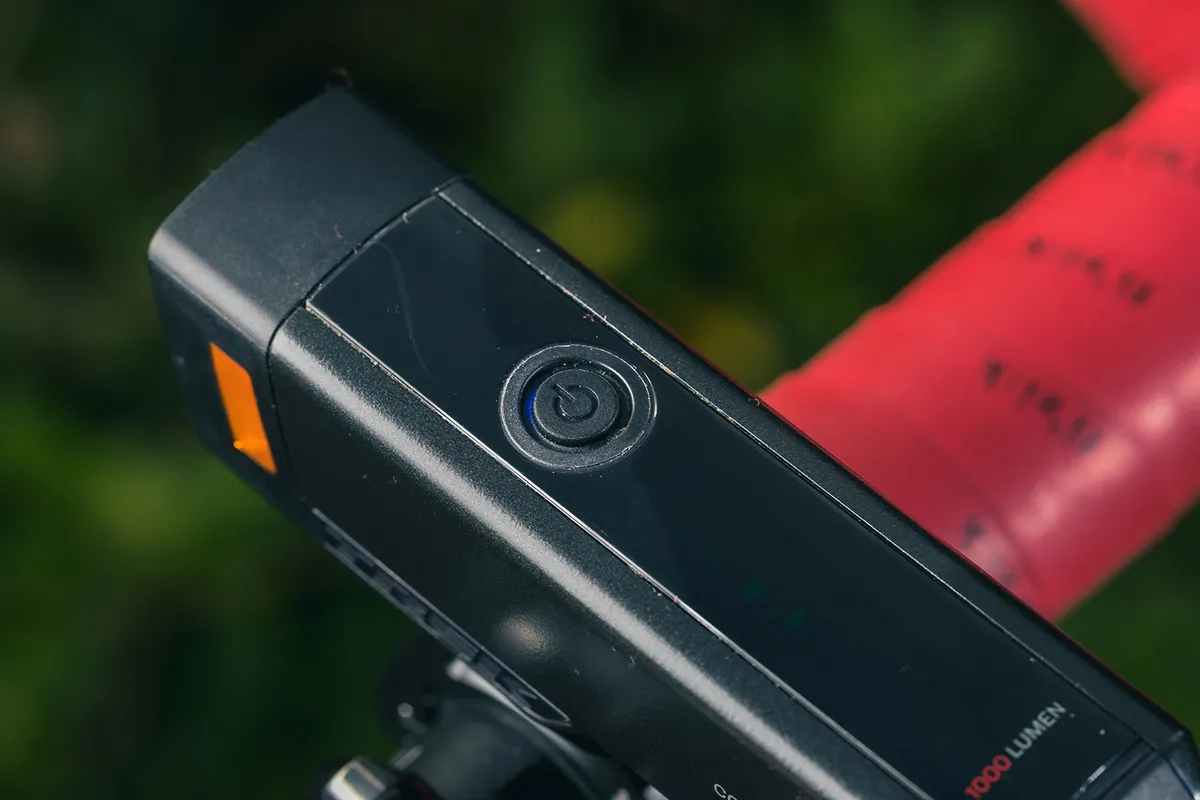
This was especially useful on busy roads when you need to swap from high to dipped beam more often, and may not want to take your hand off the bar.
A less obvious plus point of the Commuter Pro RT is the slight overhang built into the top edge of the light.
Often when riding out of the saddle on challenging climbs, the glare of a front light can get in your eyes – the lip here acts as a shade, which prevents this happening.
It’s a small detail, but together with the beam quality, the Commuter Pro RT is especially easy on the eyes. I’ve found it to be versatile across road and gravel riding.
I also liked the construction quality and finish of the light, which stood up to use in heavy rain with no issues. Its size and shape makes it easy to slip into a pocket after a commute.
Trek claims a 1 hour 30 minute battery life expectancy on the high beam setting, and the Commuter Pro RT has lived up to this.
Trek Commuter Pro RT vs Trek Ion Pro RT
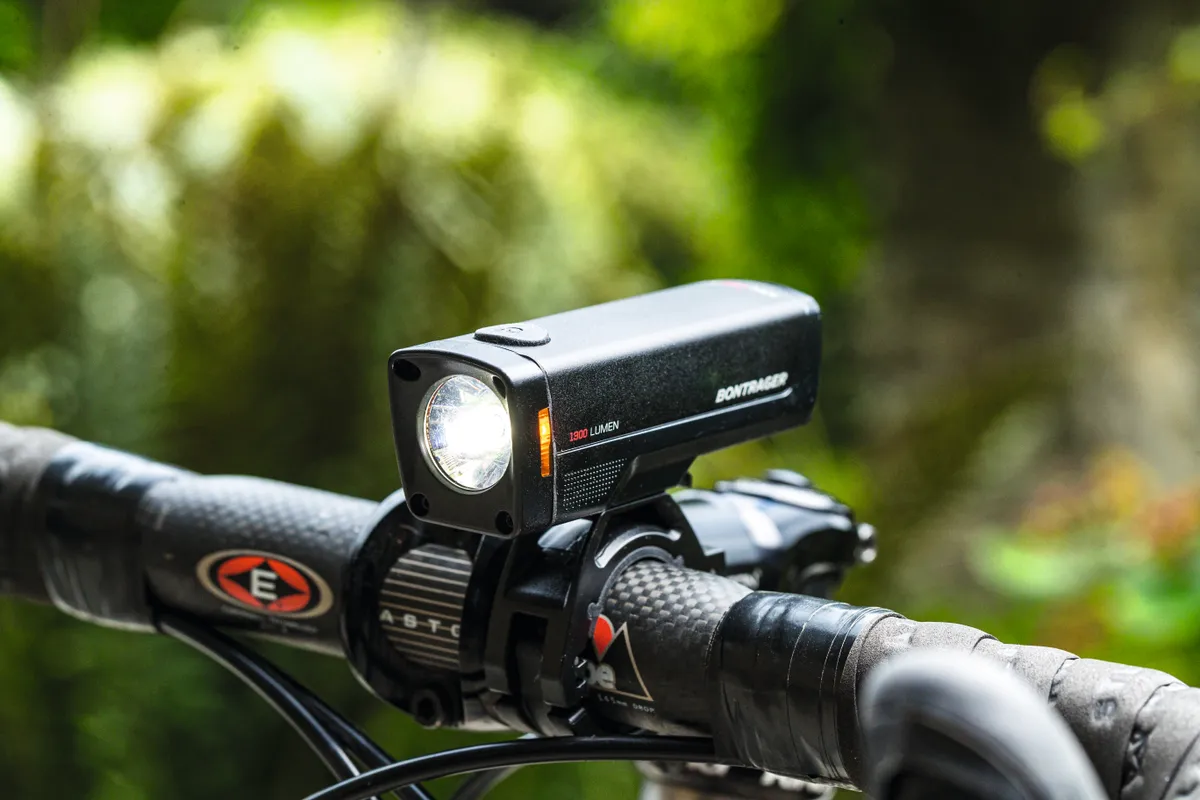
As a package, the Commuter Pro RT has a lot going for it – but it also lightens the wallet to the tune of £150.
Trek’s own Ion Pro RT features in BikeRadar’s best bike lights buyer’s guide, but undercuts the Commuter Pro RT by £30 while packing in 300 more lumens.
It lacks the anti-glare Kindbeam technology, which may prove handy if your riding is done largely in an urban environment or on busy unlit roads. It’ll certainly help save other road users from potential glare, which in theory could (and probably should) lead to safer roads for everyone.
However, if ultimate power is more appealing – whether you spend more of your riding time away from other traffic, or you need more lumens and a broader beam to maximise illumination – you might find the Ion Pro RT (among others with a higher output) a better deal.
Trek Commuter Pro RT bottom line
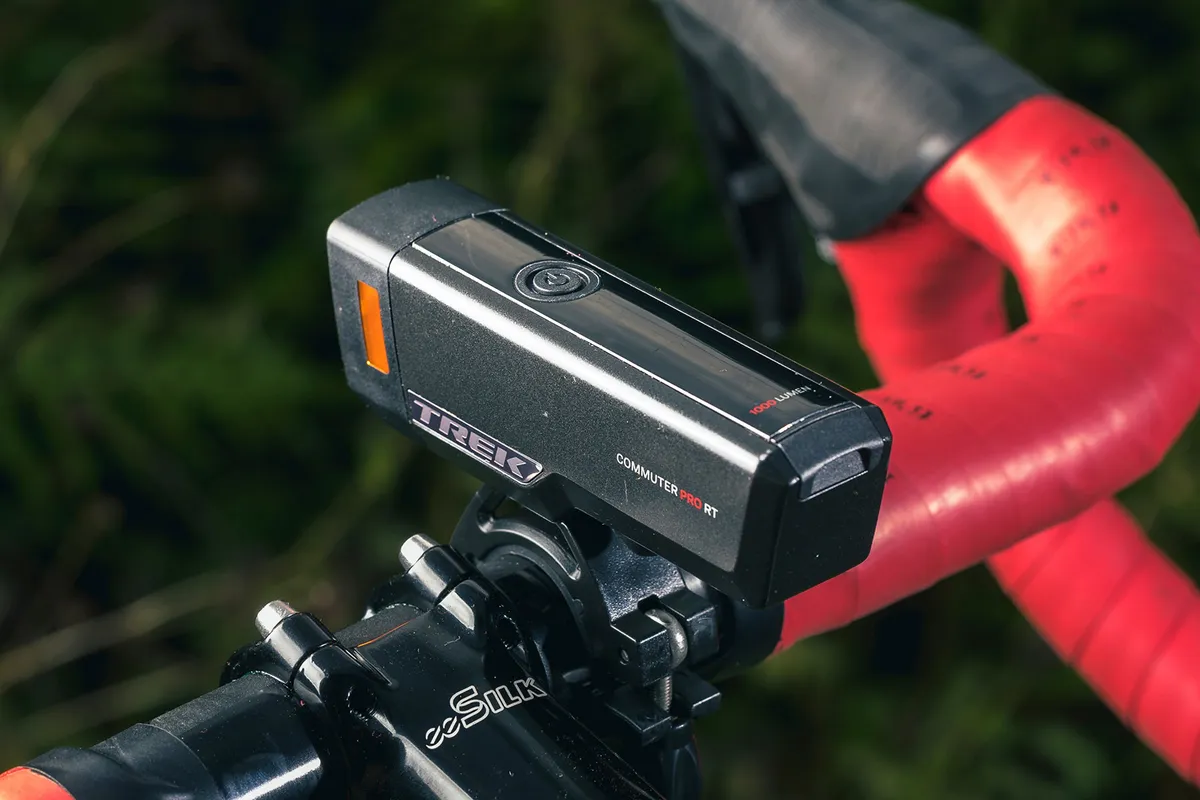
The Trek Commuter Pro RT front light is a well-made, compact light with enough reach and spread for commuting and riding on road and gravel.
With no loss of beam quality in the cropped low beam mode, it gives the rider confidence to maintain speed while being respectful of other road users. That said, the 1,000-lumen maximum brightness, combined with the beam, isn’t enough to light the way comprehensively for more technical off-road riding.
If you don’t opt for the remote at an extra cost, it can be more of a hassle to dip the light on the move versus other commuter-oriented lights with a remote included as standard.
There are arguably better-value offerings when it comes to sheer brightness. However, if you do want a compact light that incorporates glare-saving tech, while preserving usable all-round visibility, the Commuter Pro RT is a strong choice.
How we tested
Front bike lights are essential accessories for your bike if you intend to ride at night, in dark and gloomy conditions or simply want to be seen more easily on your regular rides.
Here, we’ve focused on a range of the latest lights that either conform to StVZO regulations, or incorporate some kind of technology or feature designed to reduce glare.
Lights on test
Product
| Brand | Trek |
| Price | A$250.00, £150.00, $160.00 |
| Weight | 228g |
Features
| Light type | front |
| Integrated battery | yes |
| Features | Run time (full beam): 90 minutes IP rating: 4 Battery capacity: 4800mAh Li-Ion Modes: Low, Full beam, flashing |
| Output (lumens) | 1000 |

